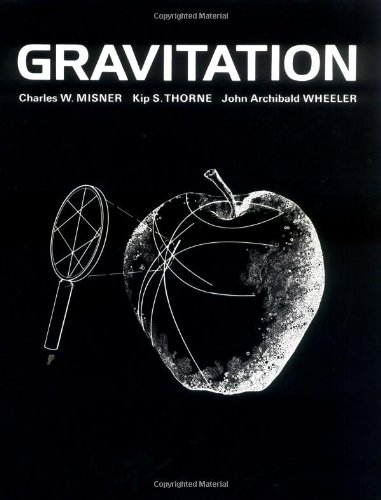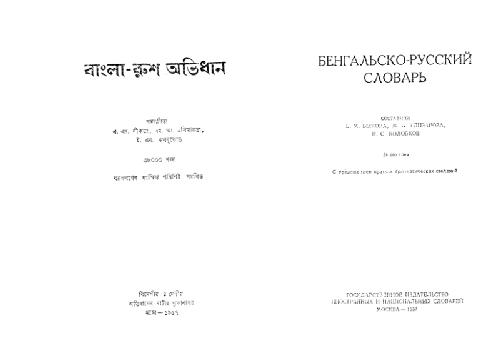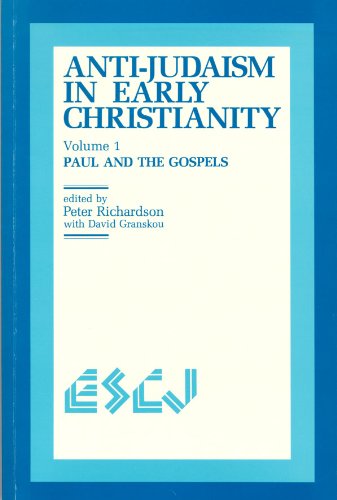- 2 402 202 книги
libcats.org







The Tunguska Fireball: Solving One of the Great Mysteries of the 20th Century
Surendra Verma"At 7.14 a.m. on 30 June 1908 a huge fireball exploded in the Siberian sky. A thousand times the force of the Hiroshima bomb, it flattened an area of remote Tunguska forest bigger than Greater London, forming a mushroom cloud that almost reached into space. Six hundred kilometres away, the Trans-Siberian Express rattled wildly on its newly built tracks. Tremors registered in distant St. Petersburg, and the unusually bright night skies seen across England over the next few nights prompted letters to The Times."
So writes Surendra Verma in the introduction to The Tunguska Fireball: Solving One of the Great Mysteries of the 20th Century. I first learned of the Tunguska explosion in a TV program many years ago and have found it fascinating to research.
This book analyzes possible causes for the explosion, and includes photos taken of the vast destruction, including the odd occurrence of both flattened forests as well as forests of tree trunks standing as bare as telephone poles. Something catastrophic happened in Siberia, yet over a century later, we still don't know what burned through the morning sky.
The two main theories are that a comet disintegrated in the atmosphere or an asteroid exploded about eight kilometres above the Earth. No impact crater has been found so there is a lack of extraterrestrial physical evidence. The author spends a good portion analyzing these theories and the scientific talk gets quite techy and over-my-head at times. The tech talk is countered by the oddball theories that always abound whenever a scientific mystery remains unsolved; one chapter is entitled "Opening the X-Files" wherein Verma devotes a fair share to crazy talk about exploding alien spaceships, Tesla's death ray and aliens beaming lasers at us.
Verma bored me with his scientific talk, but I suppose such talk is necessary in order to explain the physics behind certain theories. I read and reread these passages in an attempt to understand them, yet since I do not have a background in astronomy or physics in many cases I just had to read what he wrote, accept it, and move on. (I like to understand everything I read before I go further ahead, yet in some books, especially with fiction, I can't always do this.) Verma's mock trial in the final "Whodunit?" chapter, where he weighs all the theories with witty lawyerly defences, was just plain annoying.
I liked the bibliography and sources for further reading, and will be sure to check out the scientific and academic web sites on the Tunguska explosion.
So writes Surendra Verma in the introduction to The Tunguska Fireball: Solving One of the Great Mysteries of the 20th Century. I first learned of the Tunguska explosion in a TV program many years ago and have found it fascinating to research.
This book analyzes possible causes for the explosion, and includes photos taken of the vast destruction, including the odd occurrence of both flattened forests as well as forests of tree trunks standing as bare as telephone poles. Something catastrophic happened in Siberia, yet over a century later, we still don't know what burned through the morning sky.
The two main theories are that a comet disintegrated in the atmosphere or an asteroid exploded about eight kilometres above the Earth. No impact crater has been found so there is a lack of extraterrestrial physical evidence. The author spends a good portion analyzing these theories and the scientific talk gets quite techy and over-my-head at times. The tech talk is countered by the oddball theories that always abound whenever a scientific mystery remains unsolved; one chapter is entitled "Opening the X-Files" wherein Verma devotes a fair share to crazy talk about exploding alien spaceships, Tesla's death ray and aliens beaming lasers at us.
Verma bored me with his scientific talk, but I suppose such talk is necessary in order to explain the physics behind certain theories. I read and reread these passages in an attempt to understand them, yet since I do not have a background in astronomy or physics in many cases I just had to read what he wrote, accept it, and move on. (I like to understand everything I read before I go further ahead, yet in some books, especially with fiction, I can't always do this.) Verma's mock trial in the final "Whodunit?" chapter, where he weighs all the theories with witty lawyerly defences, was just plain annoying.
I liked the bibliography and sources for further reading, and will be sure to check out the scientific and academic web sites on the Tunguska explosion.
Скачать книгу бесплатно (pdf, 2.35 Mb)
Читать «The Tunguska Fireball: Solving One of the Great Mysteries of the 20th Century»
Читать «The Tunguska Fireball: Solving One of the Great Mysteries of the 20th Century»
EPUB | FB2 | MOBI | TXT | RTF
* Конвертация файла может нарушить форматирование оригинала. По-возможности скачивайте файл в оригинальном формате.
Популярные книги за неделю:
#3

Самодельные детали для сельского радиоприемника
Авторы: З.Б.Гинзбург, Ф.И.Тарасов.Категория: радиоэлектроника
1.40 Mb
#4

Gravitation
Charles W. Misner, Kip S. Thorne, John Archibald Wheeler, John Wheeler, Kip ThorneКатегория: Physics
11.43 Mb
#7

Тестирование Дот Ком, или Пособие по жестокому обращению с багами в интернет-стартапах
Роман Савин
5.26 Mb
#8

Система упражнений по развитию способностей человека (Практическое пособие)
Петров Аркадий НаумовичКатегория: Путь к себе
818 Kb
Только что пользователи скачали эти книги:
#1

Когнитивная психотерапия расстройств личности
Бек Аарон, Фримен АртурКатегория: Психология
1.46 Mb
#5

Бенгальско-русский словарь: 38000 слов. С приложением кратких грамматических сведений
Быкова Е. М., Елизарова М. А., Колобков И. С.
13.61 Mb
#7

Anti-Judaism in Early Christianity: Volume 1: Paul and the Gospels (Studies in Christianity and Judaism)
Peter Richardson, David Granskou, John C. HurdКатегория: Образование
28.60 Mb








